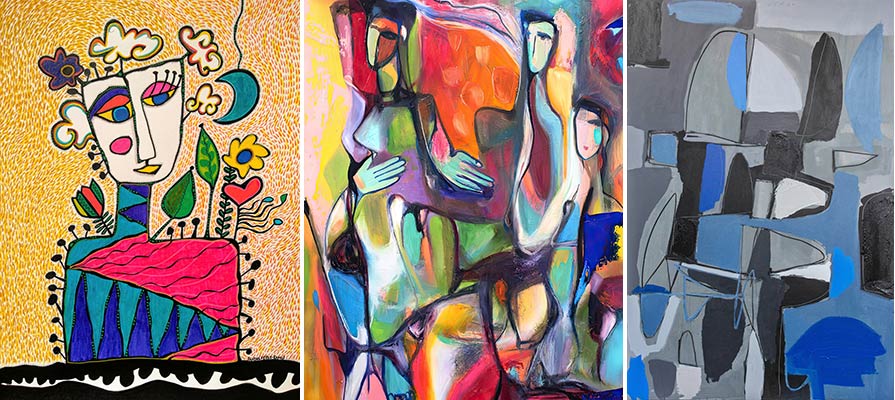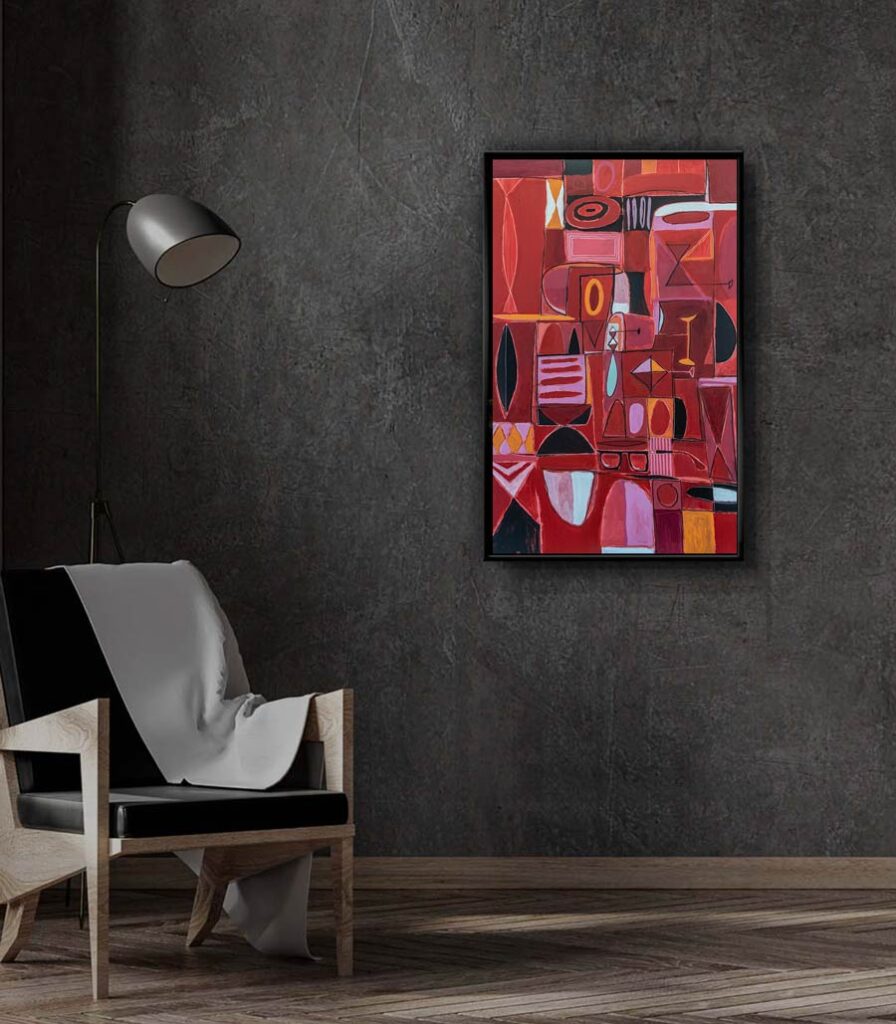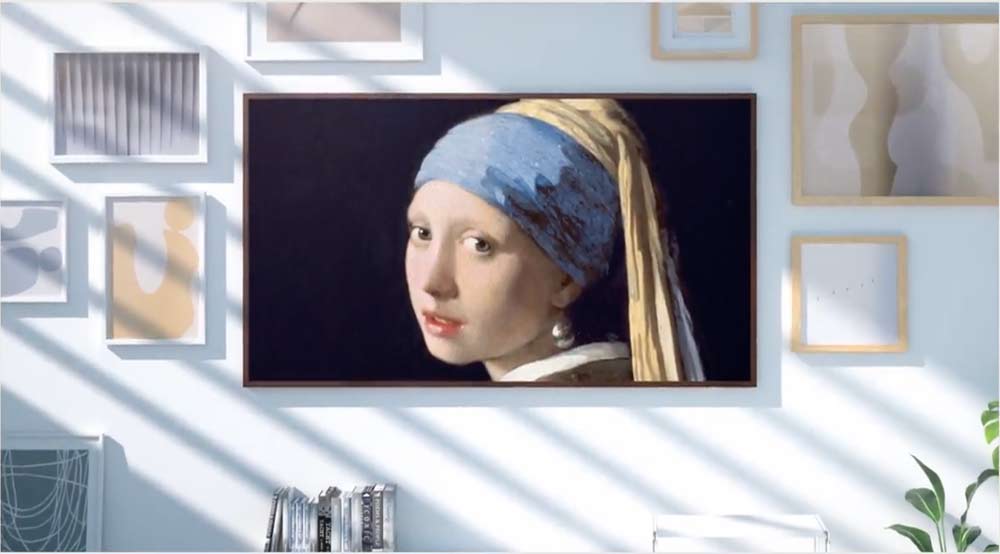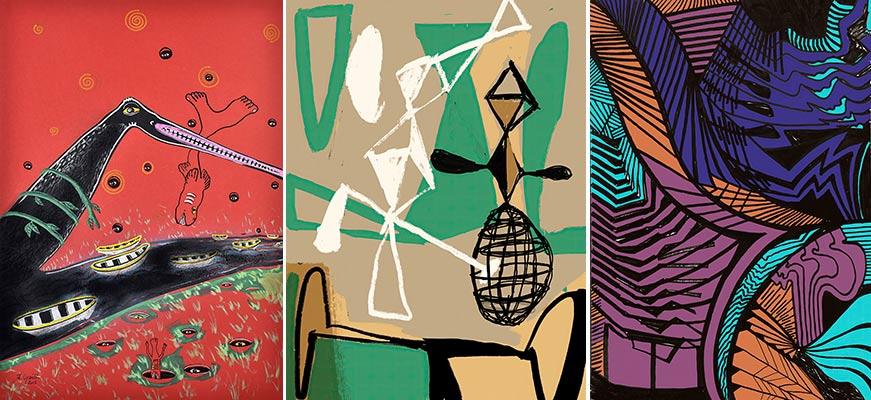And why regular people – not just collectors – should consider owning blockchain art
Part 5 in a series about the “Origins & Ancestries” art drop and what it means for the blockchain art ecosystem.
The digital art revolution has been years in the making. But what has been a novelty item, restricted to well-heeled art aficionados, shopping malls and corporate suites, is about to become much more front and center over the coming years.
Many of us think of ourselves as Internet-savvy users who amass large collections of digital stuff — images, documents, video clips and more. We also think of ourselves not as art collectors — Have you been to a Christie’s or Sotheby’s auction recently? Me neither — but as dabblers in the arts. Think about it. Every time you buy a print for your wall, you’re making an artistic choice.

But our Internet and arts lives haven’t really intersected … until now.
Increasingly, art is becoming digitized — and at price points the vast majority of us can afford. And digital-native art and imagery are becoming increasingly appealing and ready to display on your wall, no longer just confined to your phone or as a screen saver on your computer.

‘Origins’ drop coming to Expressions
Soon the team at Expressions.com will be unveiling a major art drop called “Origins & Ancestries” with these features:
-
- Hundreds of high-quality contemporary artworks by some of the top artists in the Caribbean
-
- Nearly all of the works range from 4,000 to 8,000 pixels in height or width
-
- Every NFT comes with added utility, such as an online meetup with the artist
-
- All come with easy-to-understand licenses ranging from general use (including display on personal devices, in social media, in the metaverse, etc.) to commercial uses (where you can make money off your purchase).
Unlike art that you might buy at online galleries, where you’re merely licensing the right to display the art, these works will be minted on the Ethereum blockchain. That means you are acquiring certain ownership rights. It’s like the difference between buying Tom Clancy’s latest paperback thriller and holding it in your hand vs. borrowing the ebook for a short time in Kindle Unlimited.
What can you do with digital art you buy?
So let’s talk about this new world of digital art on the blockchain that you can actually own.
There are a number of benefits of owning digital art over physical art. Among the upsides:
-
- Portability. You can bring it anywhere that you have a digital device or display. Bring dozens of artworks with you, just like you can carry hundreds of ebooks in the Kindle app on your phone.
-
- Protection against loss. While your physical work can be stolen, lost or damaged, your blockchain art is forever. Ten, 20, 30 years from now, you should still be able to download it from the blockchain should you ever lose the original.
-
- Proof of ownership. The blockchain comes with its own certificate of authenticity.
Last month I spelled out the benefits of owning digital art, and SuzanneNFTs made a strong bull case for digital art. Both made a convincing case for regular folks to consider wading into the digital art waters.
Now that we’ve covered the why, let’s discuss the what, how and where.
Here are six possible ways to display your digital art:

1. On your wall
Today I received from the US Postal Service a 32-inch Blackdove digital canvas that I ordered a few days ago. A number of retailers sell digital frames of one kind or another, depending on your budget. You might be familiar with the little digital frames you can set on an end table or fireplace mantel to display digital images of family members. But for art, you want a bigger form factor. These can run from hundreds to thousands of dollars. See my recent piece, Why digital wall art could be the next big thing.
You might set up your digital canvas in your living room, home office or business. All you need is a wall mount and a Wi-Fi Internet connection and you’re off to the races! Show off the digital artworks you own — you’ll find a tempting variety of great, inexpensive art not only in the “Origins” collection (dropping in the next one to three weeks) but also on Objkt, Foundation, Nifty Gateway and elsewhere. Don’t limit yourself to what passes as NFT 1.0 lookalike art; more and more high-quality contemporary works, including some stunning multimedia works, are coming online and on chain.
But be sure to check the terms. While the works in the “Origins & Ancestries” drop allow a wide variety of usage rights, most other NFTs’ usage rights are limited or nonexistent. Many come with an “all rights reserved” license — meaning all the rights are reserved for the artist.
Some retailers let you subscribe to a streaming art service. Blackdove, for instance, has a collection of more than 5,000 works it offers as a premium subscription.
If you’re not ready to make the leap to a digital canvas, you can also turn a large, high-quality digital artwork into a physical print for display as you’d like.
2. On your phone, tablet or computer
Computers and smartphones offered the original use case for showing off your amazing taste to friends and colleagues. Create an album of works you’ve collected.

3. On your digital TV
Samsung is placing a bet that you’ll want to view art on your digital TV. That’s cool, too! Samsung’s The Frame TV makes it easy to place your own art for display on your TV or to connect to their accompanying Art Store.
If you already have a digital TV, there are dramatically cheaper ways to display your digital art. Try putting your .jpgs or .mov files onto a USB flash drive. If that doesn’t work, try the Amazon Fire TV Stick for about $25 or a compatible device like the Roku Streaming Stick or Google Chromecast.
4. In social media or an online gallery
Some NFTs can be used as “PFPs,” personal profile pictures can serve as your profile icon or avatar on Instagram, Twitter/X or elsewhere. That practice is getting a bit stale, though. More interesting are the growing number of online galleries and art gallery metaverses that let you “walk through” an exhibition from the comfort of your chair. Each of the three basic licenses at Expressions allow the NFT buyer to display their purchased art in these virtual galleries, as long as credit is given to the artist. The same goes for online games — you’re good to flex and flaunt your artwork
5. In your art collection
Over time, with enough purchases, you’ll have an art collection worth organizing and showing off. Now, a lot of folks think the artwork attached to an NFT is literally stored inside your wallet. Not so. The wallet contains only a pointer to a public ledger that denotes whether it’s stored on a Web2 server or a Web3 storage solution like NFT Storage or Arweave. Still, the bits stored in your wallet provide a method for websites to pull these items from their various storage locations and display them in grand fashion. If you think this sounds awesome, you’re crossing the chasm from art dabbler into serious art collector territory. While OpenSea aggregates NFTs by holder, nobody has created a spectacular showcase of collectors’ tastes quite yet.

6. On merchandise you can sell
Check this out: There are more than 620 NFTs in the “Origins & Ancestries” art drop with a Limited Commercial License. That means you can take your digital artwork, put it on a T-shirt, add the pattern to a blouse or eyeglass case, sell it as a poster — and sell up to $10,000 worth of merchandise (crediting the artist). Then you can sell the NFT to a new owner who can repeat the process. That’s pretty wild … and something you can only do with blockchain art.
Look for an announcement here about the “Origins & Ancestries” art drop, coming soon.
At top: Artworks licensed through the Blackdove collection
In our series
• An experiment in blockchain art
• Why digital wall art could be the next big thing
• NFT licenses that give collectors expanded rights
